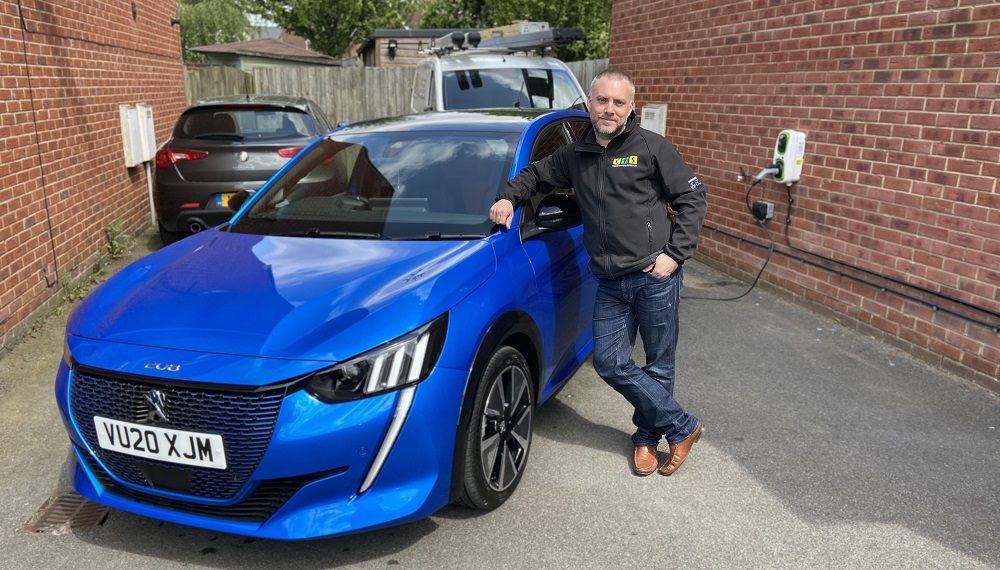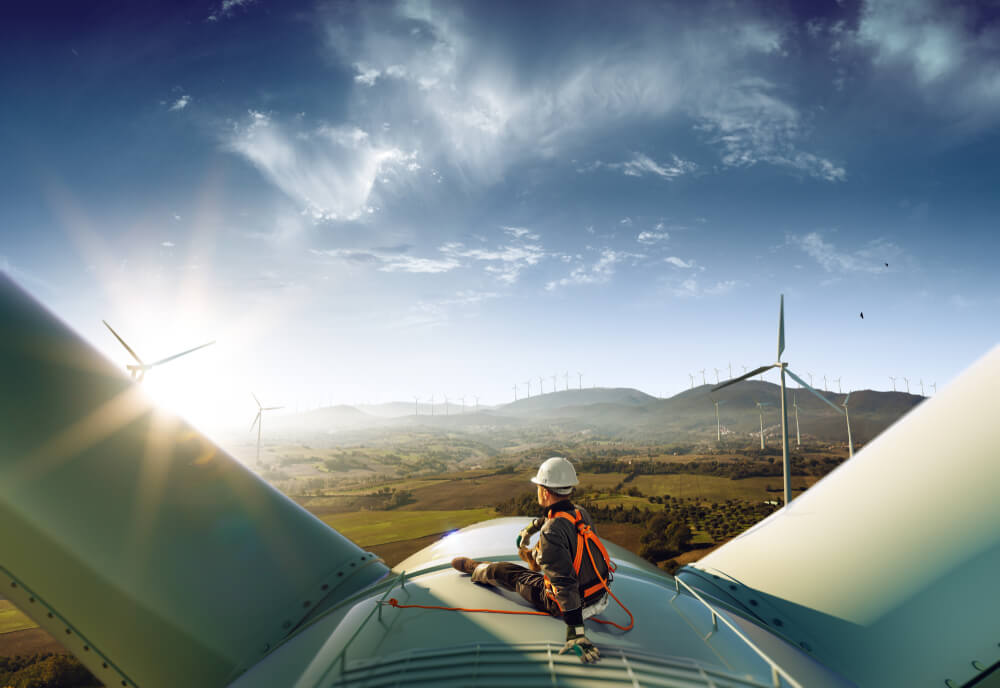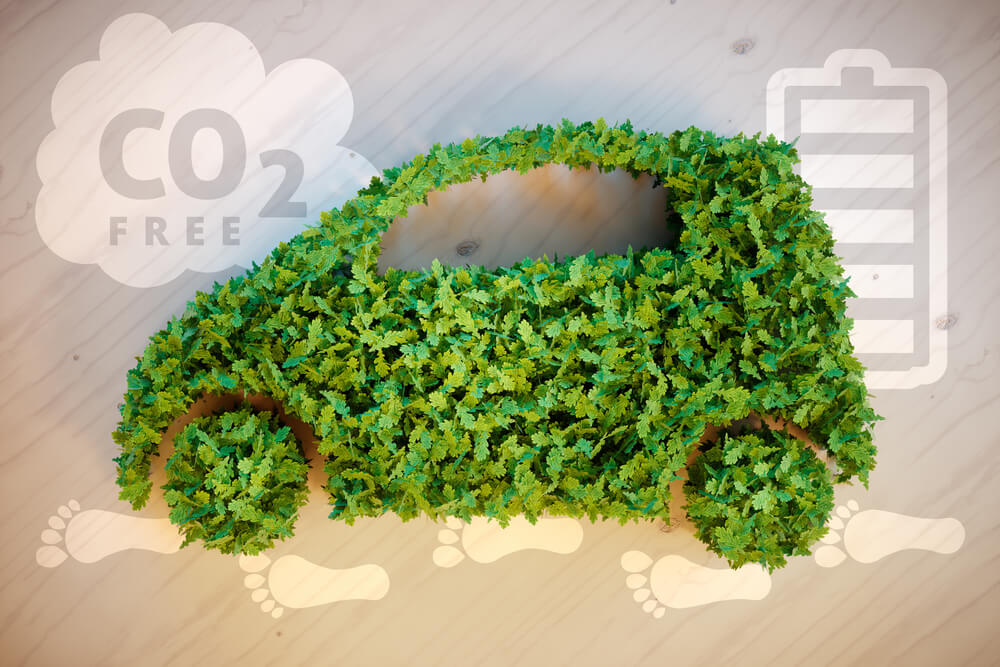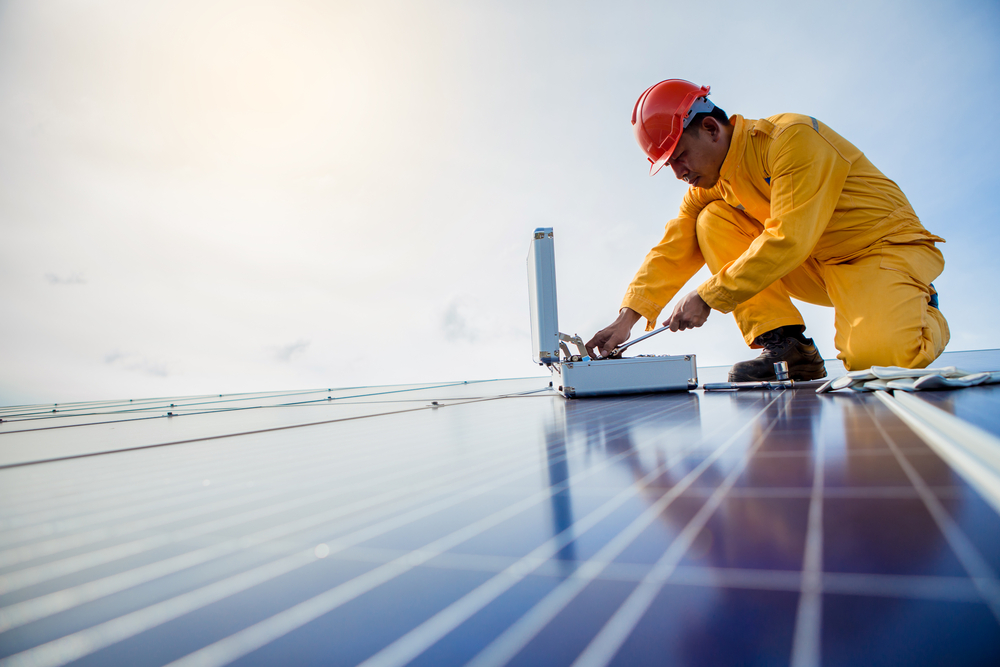SF6: the greenhouse gas at the heart of our industry
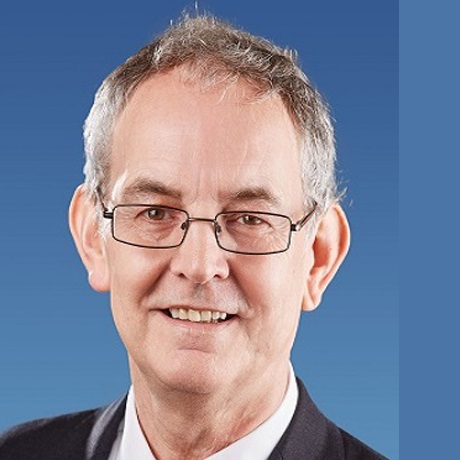
Paul Reeve
Director of CSR, ECA
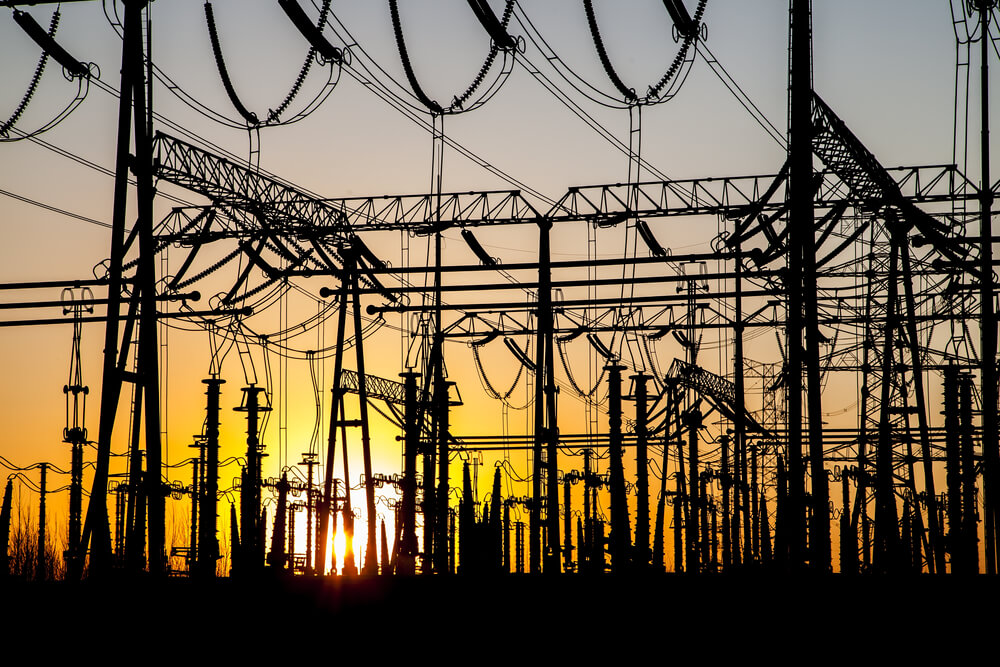
As the world works out how to tackle global carbon emissions, it’s widely understood that renewable energy and a growing, decarbonised electricity grid will play an increasingly vital part. Yet growing reliance on ‘low to no carbon’ energy solutions also relies on a remarkable man-made substance, but with a potent environmental sting in the tail.
SF6 is a colourless, odourless and non-toxic gas which is around five times denser than air. Unfortunately, it is also believed to be the world’s most potent greenhouse gas, with a global warming potential 23,500 times more (kilo for kilo) than CO2. If released, it permeates into the atmosphere, where it contributes to global warming for hundreds or even thousands of years.
So why is the world’s most potent greenhouse gas an issue for the global electrical industry? Quite simply, SF6 is an excellent electrical insulator, preventing short circuits in medium and high-voltage electrical installations that would otherwise lead to damage, disruption, fire or explosion. SF6 has been increasingly deployed in an array of power stations, wind turbines and electrical sub-stations in circuit breakers, switchgear and other electrical equipment, often replacing oil-filled circuit breakers that would previously have contained harmful PCBs.
Pressurised SF6 also allows for compact gas-insulated switchgear, which is ideal for indoor and other space-constrained applications. It has a long, reliable track record in these applications and maintenance requirements are low – very handy if your electrical equipment is, for example, part of a mega-wind turbine in the North Sea.
The days of SF6 in modern electrical switchgear are not over but, in Europe at least, 2020 may be the year when its days are numbered.
SF6 is just one of a now infamous family of ‘F-gases’. The EU has banned many of the F-gases and while it has already banned SF6 from applications such as double glazing insulation, SF6 can still be deployed in switchgear to ensure electrical safety and reliability. While the gas is harmless in situ, the Environment Agency oversees UK rules on its recovery, which is necessary when switchgear fails or degrades.
Despite its massive global warming potential, SF6 airborne concentrations are only a tiny fraction of atmospheric CO2, so they only contribute to 0.2% of current global warming. Yet this small but unwelcome contribution is rising, with a near doubling of SF6 atmospheric concentrations in the last two decades, notably due to operational leaks.
All this means that the European Commission is set to revisit the situation in the first half of 2020, to see if suitable alternatives can enable further restrictions on SF6 in electrical switchgear. Various companies have already stepped up with broadly cost-effective alternatives for use in medium voltage equipment, using vacuum and solid insulation technology. “Everyone in this industry knows you can replace SF6; there is not a technical reason not to do it, and nor is it particularly about costs" says Louis Shaffer of Eaton, one of the leading producers of SF6-free switchgear for medium voltage applications. However, proven alternatives for high voltage switchgear may take longer to assess and deploy.
While we wait to see if and when the EU will increase restrictions on SF6, unless the gas is leaking, there seems no sense in removing it from existing switchgear – and certainly not at speed. Instead, it’s vitally important that ongoing equipment operation and decommissioning does not let the gas escape.
The days of SF6 in modern electrical switchgear are not over but, in Europe at least, 2020 may be the year when its days are numbered.

Paul Reeve
Director of CSR, ECA
Paul Reeve is ECA’s Director of CSR. He has held several senior policy and business roles in leading industry bodies. He has an extensive track record in H,S&E and public affairs, having previously held senior roles at the Engineering Employers’ Federation (now Make UK) and the Chemical Industries Association.
Paul is a Chartered Fellow of both IOSH and IEMA. He is on the impartiality board of certification body BM Trada and he Chairs HSE’s construction ‘Managing Risk’ group and Build UK’s CAS pre-qualification review Group.
Related Articles
Spotlight shifting to M&E embodied carbon
The value of energy efficiency
ECA Commercial Associate Kosnic lights the way to sustainability
Net Zero Review underlines role for engineering services
Five ways to become a more sustainable business in 2023
Now is our last chance to make homes fit for the future
It’s a great time for a green career
Bringing Low-Carbon Apprenticeships to Life
The future of the built environment after COP26
Life after COP26: what happens next?
The view from COP26
Net Zero: a personal perspective
How the electrotechnical contractor can help clients mitigate against energy price rises
New rules for Public Sector Carbon Reporting
Setting the stage for COP26: Green Jobs
100 days until COP26: what are we doing to reach Net Zero?
A new era of fossil free travel
The clock is ticking for the future of net zero buildings
Clear, present and future opportunities for EV charging
Heatpumps or Hydrogen? The future of clean energy
Behind the headlines: Net Zero Carbon
A clear route to Getting Zero Carbon Done
Introducing the new MCS
Get into EV! Interview with Darren Crannis
Why Europe needs a green recovery
Electric heat edges ahead in the low carbon stakes
Let's get Zero Carbon done
VAT hike puts brakes on home solar and batteries
Copyright © 2024 Electrical Contractors Association Ltd
.jpg?width=970&height=90&ext=.jpg)




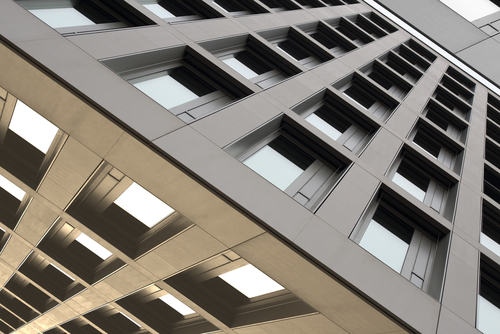
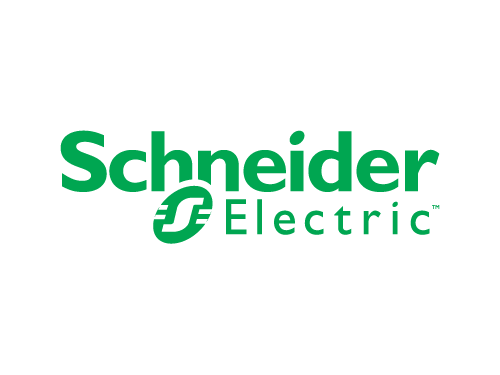


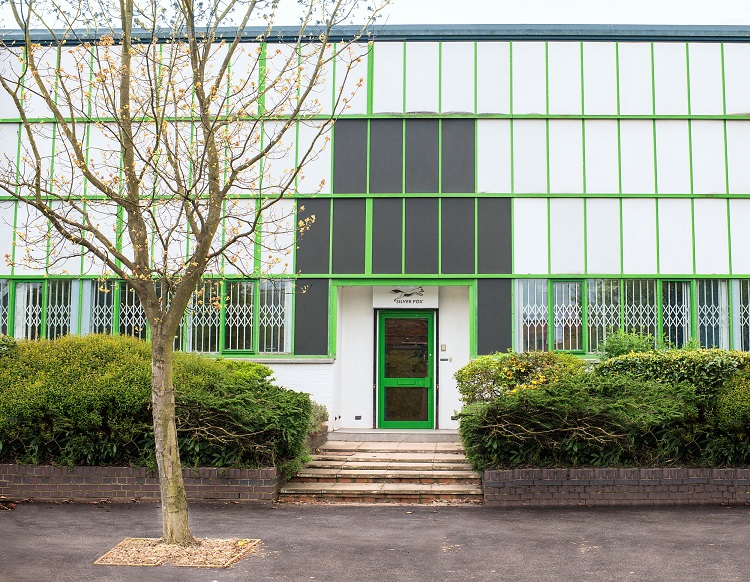
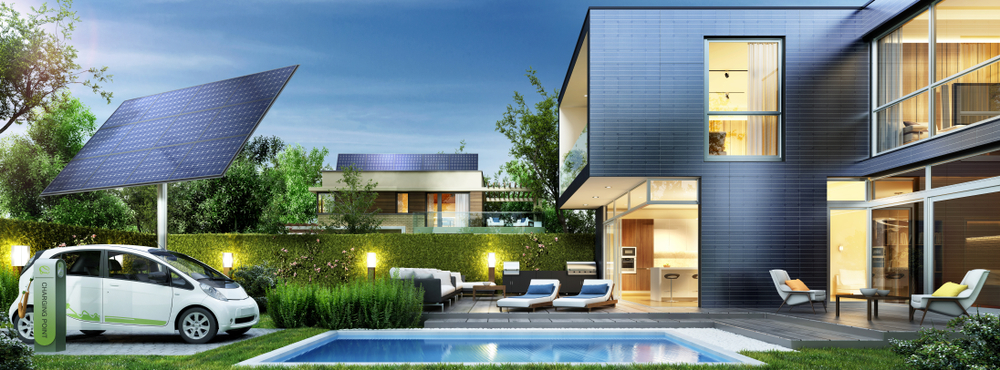


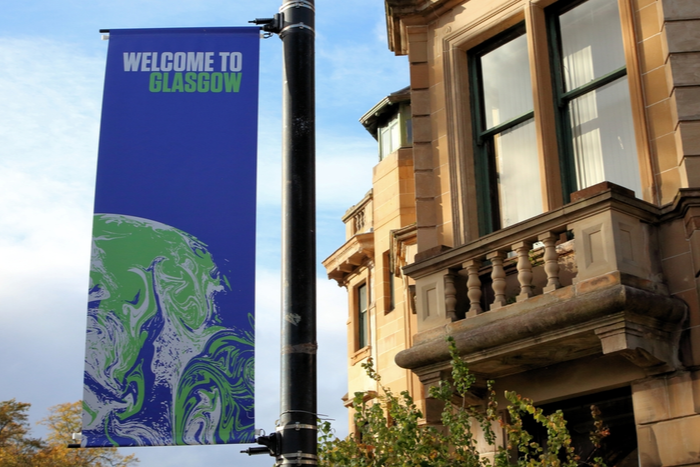
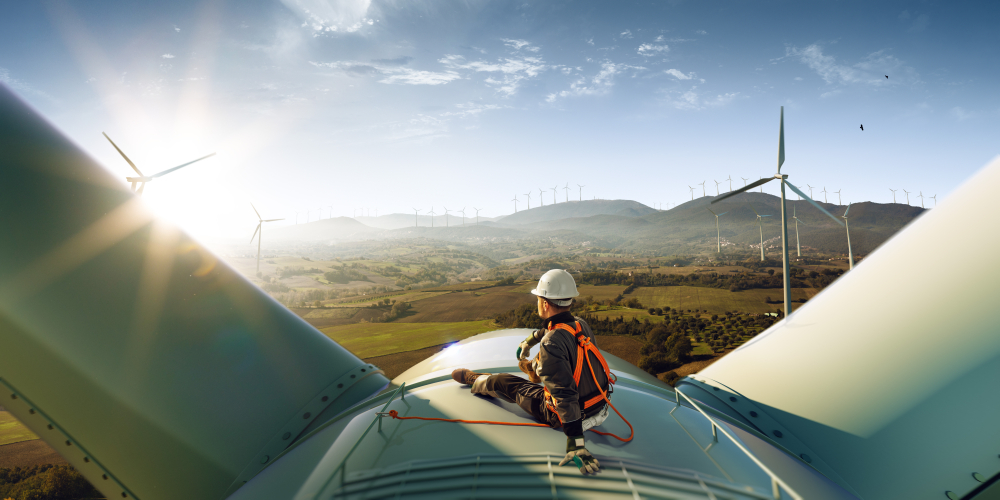
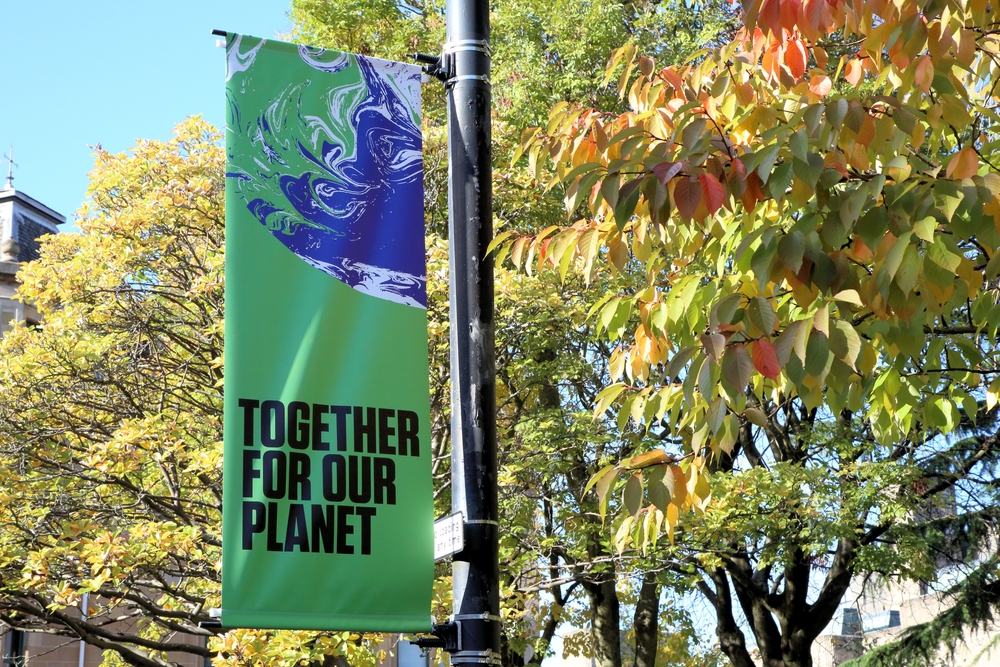



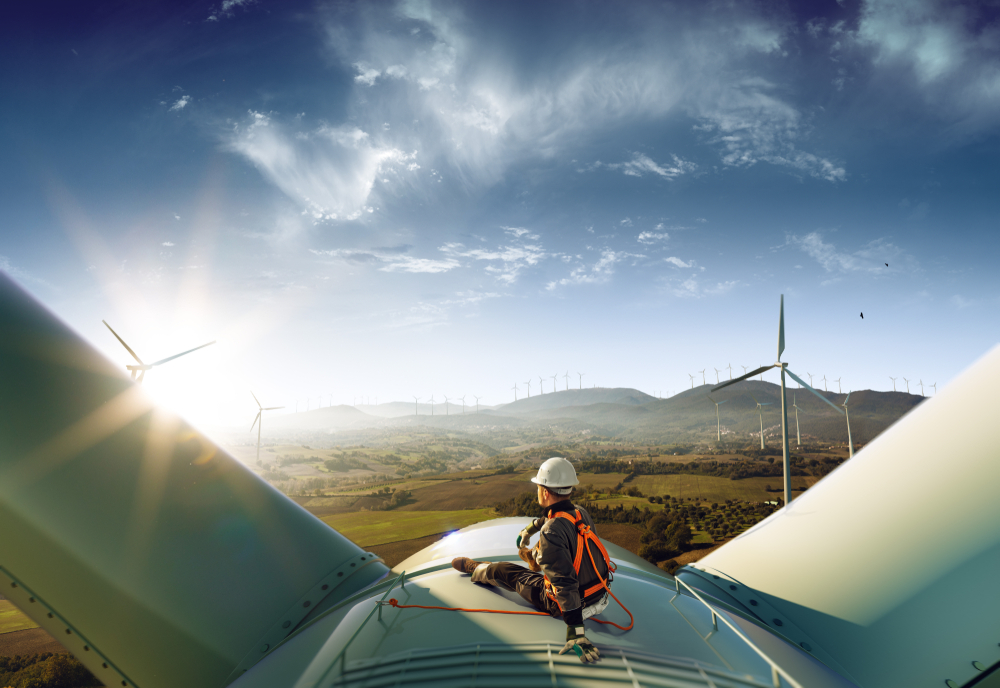

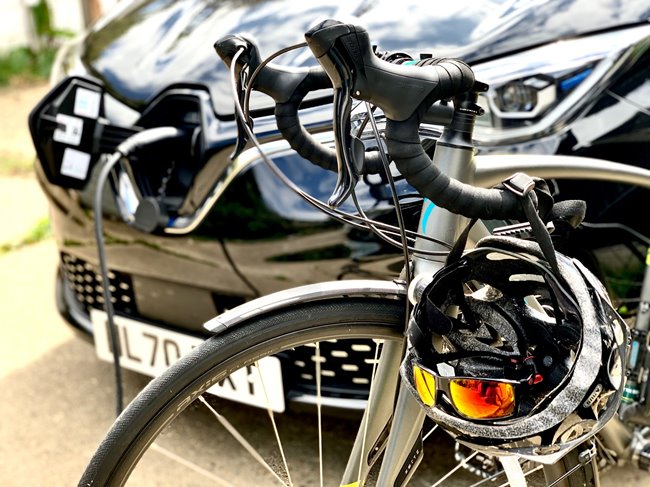
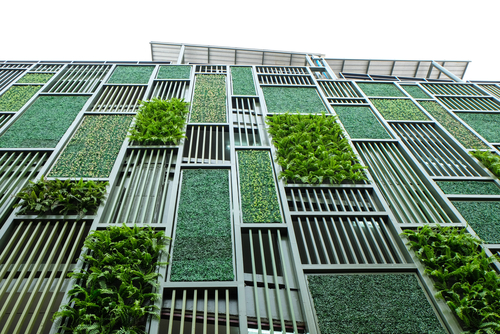
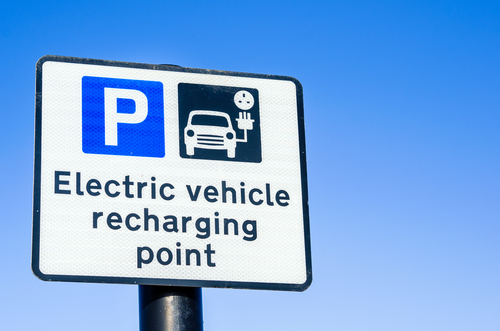
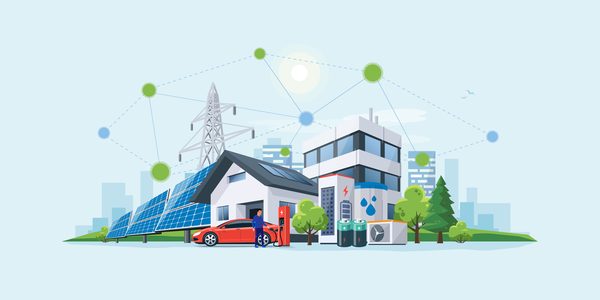
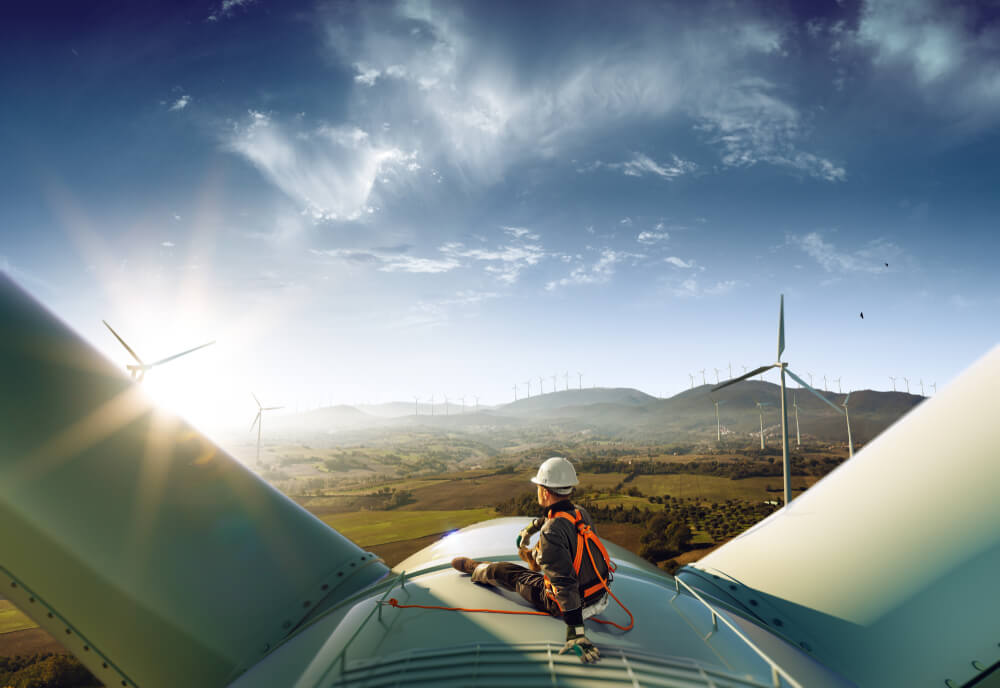
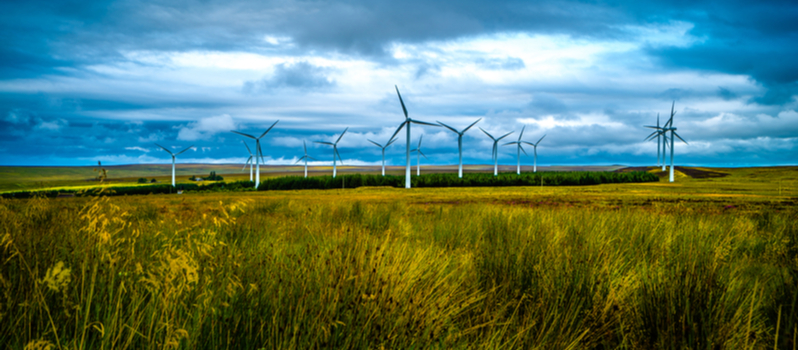
.jpg?width=1000&height=999&ext=.jpg)
